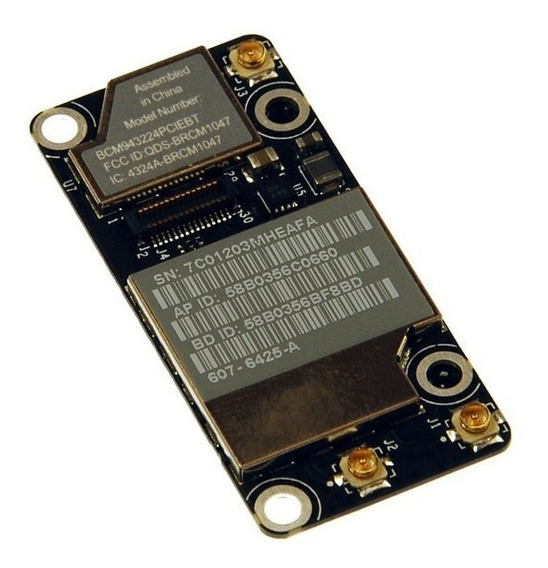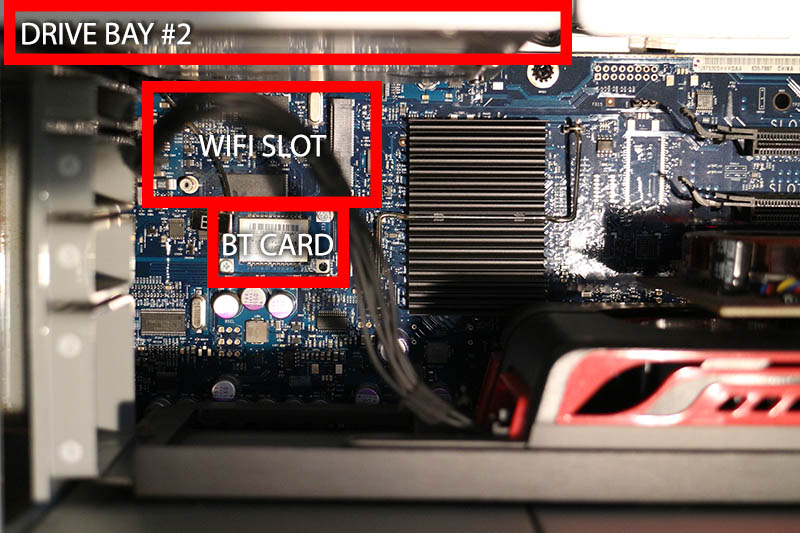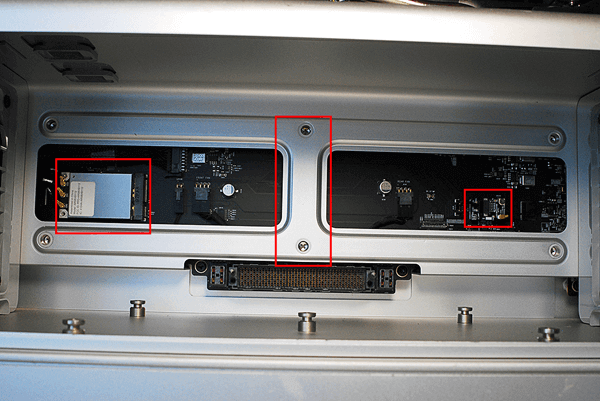
- MACBOOK PRO EARLY 2009 WIFI CARD UPGRADE MAC OS X
- MACBOOK PRO EARLY 2009 WIFI CARD UPGRADE INSTALL
- MACBOOK PRO EARLY 2009 WIFI CARD UPGRADE PATCH
- MACBOOK PRO EARLY 2009 WIFI CARD UPGRADE UPGRADE
MACBOOK PRO EARLY 2009 WIFI CARD UPGRADE MAC OS X

macOS 10.14 Mojave and later are not supported. Broadcom BCM4321 WiFi module, if present, is not supported by Sierra.
MACBOOK PRO EARLY 2009 WIFI CARD UPGRADE PATCH
MACBOOK PRO EARLY 2009 WIFI CARD UPGRADE INSTALL
PowerPC Macs won’t let you install OS X to a USB drive or choose it as your startup volume, although there is a work around for that. PowerPC Macs running any version of the Mac OS prior to 10.4.2 cannot mount GPT volumes. Both PowerPC and Intel Macs can boot from APM (Apple’s old partitioning scheme) hard drives, which is the format you must use to create a universal boot drive in Leopard.

Only Macintel models can boot from GPT hard drives. Intel-based Macs use a partitioning scheme known as GPT. Mac OS X includes support for remapping the Windows alt and option keys to option and cmd respectively. Apple says buyers can plug in their favorite USB keyboard and mouse – or buy Apple’s offerings. The Mac mini doesn’t include a keyboard or mouse. On the rear, just enough ports to do everything important. On the front, there’s just a slot-loading optical drive (and for the first time, it’s a SATA SuperDrive) and a power light. The tiny Mac mini (6.5″ square, 2″ high, 2.9 lb.) has a minimalist design. The new mini has five USB 2.0 ports (up from 4 on earlier Intel minis), two monitor ports, and FireWire 800. The Intel-based Mac mini looks like previous models from the front, but the rear is different. The computer is designed to use 128 MB of RAM for graphics when 1 GB of RAM is installed, 256 MB when configured with 2 GB or more.
MACBOOK PRO EARLY 2009 WIFI CARD UPGRADE UPGRADE
There are two memory sockets: in the 1 GB model, one is occupied with a 1 GB module, and in the 2 GB model, both slots are filled, so to upgrade RAM on that model, you have to remove one or both modules. The top-end model does have more RAM, a bigger hard drive, and uses twice as much RAM for graphics. FireWire 400 devices can be used with a FireWire 800-to-400 cable or adapter.īoth standard configurations run at 2.0 GHz, just like the top-end Mac mini they replace, but with a newer, more efficient version of the Core 2 Duo CPU that’s soldered in place (a first for the Mac mini) and thus cannot be upgraded there is a $150 build-to-order option of a 2.26 GHz CPU.įor the first time, there is no Mini with a Combo drive – even the entry-level $599 model has an 8x dual-layer SuperDrive. There are three pleasant surprises on the back of the 2009 Mac mini: five USB 2.0 ports, one FireWire port (FireWire 800, not 400), and two monitor ports – Mini-DVI and Mini DisplayPort (both can be used, making this the first Mac mini with dual display support).

As widely anticipated, the new Mac mini adopts Nvidia GeForce 9400M graphics, the same GPU found in the MacBook, MacBook Air, and MacBook Pro – and it finally gets 802.11n WiFi as well (and 802.11a for good measure). Other than that I'm out of ideas.After over a year and a half without a change, Apple finally updated the Mac mini in March 2009. I might investigate the possibility of running and Ethernet Cable to the front room where my WiFi Router is, thus bypassing the wireless aspect of the connection. This causes a road block because the MacEFIRom utility will only run if the internet is active.

As far as I can see, the act of disabling SIP, also disables my internet connection.


 0 kommentar(er)
0 kommentar(er)
